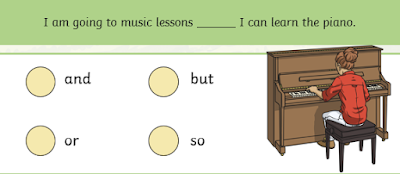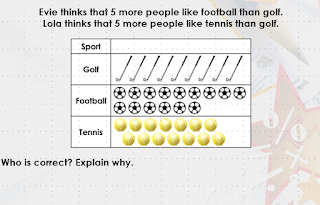This week in English we have been basing our writing on our
visit to St.Albans Abbey.
On Monday we
revisited the story of Alban that we acted out at the Abbey. We re-enacted the story again reminding
ourselves of how Alban lived in the Roman town of Verulamium and met the
Christian priest Amphibalus. After we
wrote sentences about our favourite and least favourite parts of the story.
Many of us chose the part where the executioner’s eyes popped out of his head
as our favourite part! We used the word because to explain why we had chosen
those particular events.
On Tuesday we had special words from the story of Alban that
we had to write our own definitions for.
Here are some of the words – Christian, miracle, spring,
Verulamium, St. Albans, Alban, Amphibalus, Roman emperor, Abbey. Ask your child to explain what the words mean.
On Wednesday in our SpAG lesson we were revisiting our
learning about co-ordinating conjuctions and, so but, or.
Can you child choose the best co-ordinating conjuction for
these sentences?
We then wrote our own sentences using the conjuctions and,so,
but, or. Can you child make up their own sentences using these
conjuctions?
On Thursday and Friday we used our collection of special words
to help us write our own report about the story of Alban.
We had to make sure our report was written in the past tense,
that we wrote statements that were true and use specific words. We also had to use capital letters for
names of people and places and see if we could include ! and ? when
appropriate.
|





















